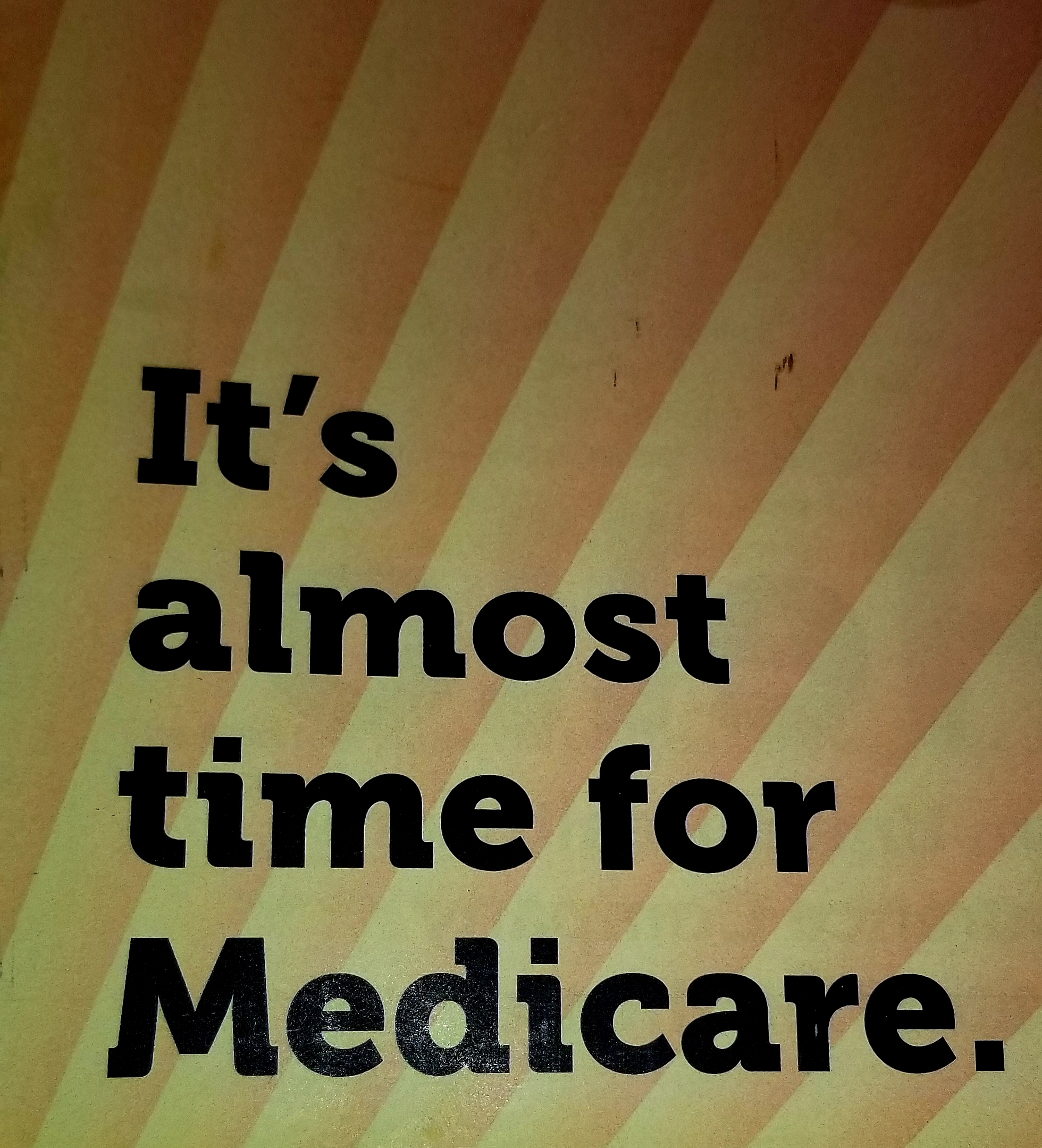
Medicare Annual Election Period is a time when you can make changes to your Medicare coverage. This includes switching from Original Medicare to a Medicare Advantage plan, or vice versa. It also includes changing your prescription drug coverage or adding or dropping Part D plans. In this blog post, we will discuss the different ways that you can make changes to your Medicare coverage. Mainly using your annual election period.

What Changes Can Be Made During AEP?
Here’s a quick rundown of what you can do during the Annual Enrollment Period:
- Enroll in a Medicare Advantage plan from Original Medicare, Part A, and Part B.
- Switch from a Medicare Advantage plan to Original Medicare, Part A, and Part B.
- Change from one Medicare Advantage plan to another (regardless of whether either plan offers drug coverage).
- Enroll in a Part D prescription drug plan.
- Shop for a New Medicare prescription drug plan.
- Opt-out of Medicare prescription drug coverage completely.
Changes you make during the AEP go into effect on January 1 of the next year.
Making Changes After AEP
Suppose you’re enrolled in a Medicare Advantage plan and you want to switch to Original Medicare. You can make this change during the Medicare Advantage Open Enrollment Period(OEP), from January 1 to March 31 each year.
If you switch to Original Medicare during this period, you will have until March 31. This is to enroll in a Medicare Part D prescription drug plan. This coverage is optional, unless you do not have valid coverage. If you wait until a future date to add it, you could pay a penalty for late enrollment (see below). Your coverage will begin the first day of the month after the plan gets your enrollment form.
If you have a Medicare plan, you can also switch to another Medicare plan. This can be done during the Medicare Advantage Open Enrollment Period.
Medicare allows changes outside the standard enrollment periods in specific situations. This is often out of the beneficiary’s control. Such as Medicare ending its contract with your plan, through Special Election Periods (SEPs). Other examples of these situations include, but are not limited to, the following:
- Moving out of your plan’s service area.
- Receiving both Medicare and Medicaid benefits.
- Qualifying for Extra Help.
- Living in, moving to, or moving from an institution such as a long-term care hospital or skilled nursing facility.
What Are the Late Enrollment Penalties?
You could be charged a late-enrollment penalty (an amount that is added to your Medicare Part D premium for as long as you have this coverage) if all of the following are true:
- You don’t enroll in a Medicare prescription drug plan. Such as a stand-alone Medicare prescription drug plan. Or a Medicare Advantage plan that includes the prescription drug coverage.
- You don’t have other creditable prescription drug coverage for 63 or more days in a row.
- You then decide to enroll in a Medicare drug plan at a later date.
How Do You Qualify for a Special Enrollment Period?
If you’re eligible for a Special Enrollment Period, you can enroll in a Medicare Advantage plan. As well as a stand-alone Part D prescription drug plan even if it’s outside the Annual Election Period. You may qualify for a Special Enrollment Period under the following circumstances:
- You moved out of your plan’s service area.
- You’re enrolled in a Medicare Cost Plan that’s closing.
- You qualify for both Medicaid and Medicare benefits (also called “dual eligibles”).
- You have Extra Help paying your Medicare prescription drug plan costs.

Do I Have To Take Medicare If I Am Still Working?
Many people assume that they do not have to take Medicare if they are still working. This is not always the case. You can postpone enrolling in Part B without penalty if you or your spouse are currently working. As well as if you have group health insurance through that employer or union. In this situation, you should sign up for Part B during the Special Enrollment Period. This starts when employment ends, or when group health insurance ends, whichever comes first.
If you decide not to enroll in Part B while you are working and have group health insurance, you will have to pay a late-enrollment penalty if you decide to enroll in Medicare later. The late-enrollment penalty is an amount added to your Part B premium for as long as you have Medicare Part B coverage.
You do not have to take Medicare Part A if you are still working and have group health insurance, but there is no late-enrollment penalty if you decide to enroll in Part A later.
If you are self-employed, you should sign up for Part B during your initial enrollment period to avoid the late-enrollment penalty. You can decide not to take Part A if you are still working and have group health insurance, but there is no late-enrollment penalty if you decide to enroll in Part A later.
We hope you enjoyed the information in this blog. Please reach out with any questions that you have.
